Lhasa Apso: The Ancient Sentinel Breed with a Loyal Heart
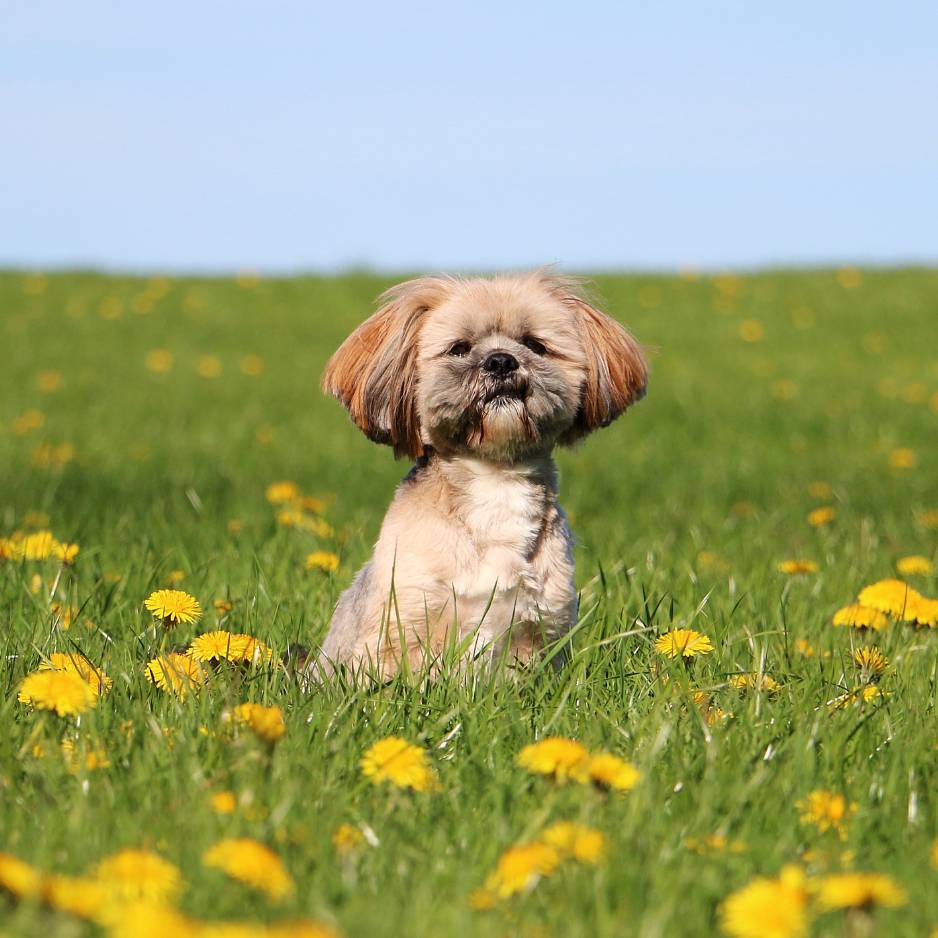
The Lhasa Apso is more than just a cute companion—it’s a breed steeped in history, purpose, and personality. Originally serving as watchdogs in Tibetan monasteries, Lhasa Apsos bring charm and character into homes today. This article explores everything you need to know about the Lhasa Apso dog breed, from its origins to grooming needs, health concerns, and the best ways to care for your pup. Whether you’re a potential owner or a lifelong fan, this guide is a must-read.
What is the Origin of the Lhasa Apso?
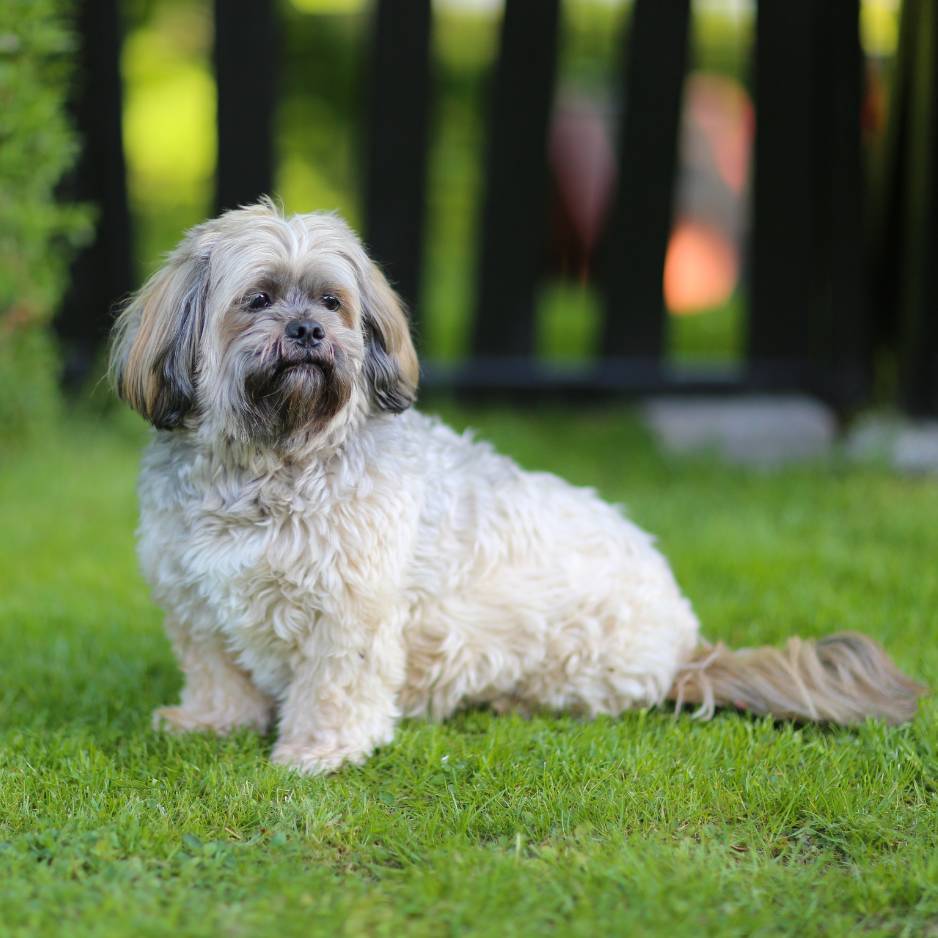
The Lhasa Apso is a thousand-year-old breed, originating in Tibet. Bred by Tibetan monks, they served as sentinels at palaces and monasteries high in the Himalayas. The Tibetan word “Apso” means “bearded,” a nod to their distinctive snout and facial hair. These dogs were highly prized and were never sold—only gifted, often by the Dalai Lama himself.
The breed is named after Lhasa, the capital of Tibet. Lhasa Apsos were companions to monks, sometimes believed to house the reincarnated souls of lamas. Their keen hearing and aloof nature made them excellent watchdogs in the isolated high-altitude monasteries where they served.
What Does a Lhasa Apso Look Like?
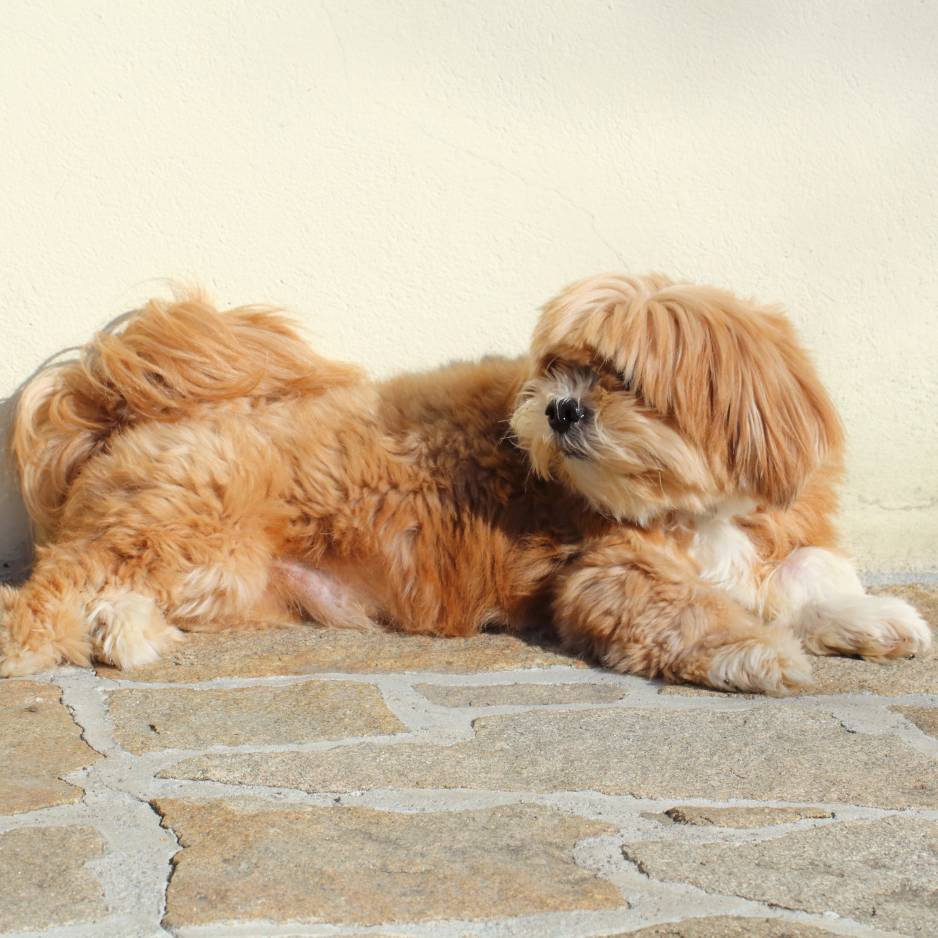
Lhasa Apso dogs are small but sturdy. They stand 10–11 inches tall and weigh 12–18 pounds. Despite their size, they are confident and carry themselves with dignity. A Lhasa Apso’s coat is one of its most defining features: long, dense, and flowing, it was built to protect them in harsh Himalayan climates.
Their expressive eyes, compact body, and signature beard make them easily recognizable. The breed is part of the non-sporting group in the American Kennel Club, where it was first recognized in 1933.
Is the Lhasa Apso Good for Families?

Yes! While Lhasa Apsos can be aloof with strangers, they are affectionate and loyal to their families. Known for their strong temperament, they thrive best in households with structure and companionship. As small dogs, they can comfortably live in apartments, making them a great family addition.
Lhasa Apso puppies need early socialization to help manage their watchdog instincts. Despite their size, they are not lapdogs—they appreciate independence and should not be left alone for extended periods.
How Do You Groom a Lhasa Apso?
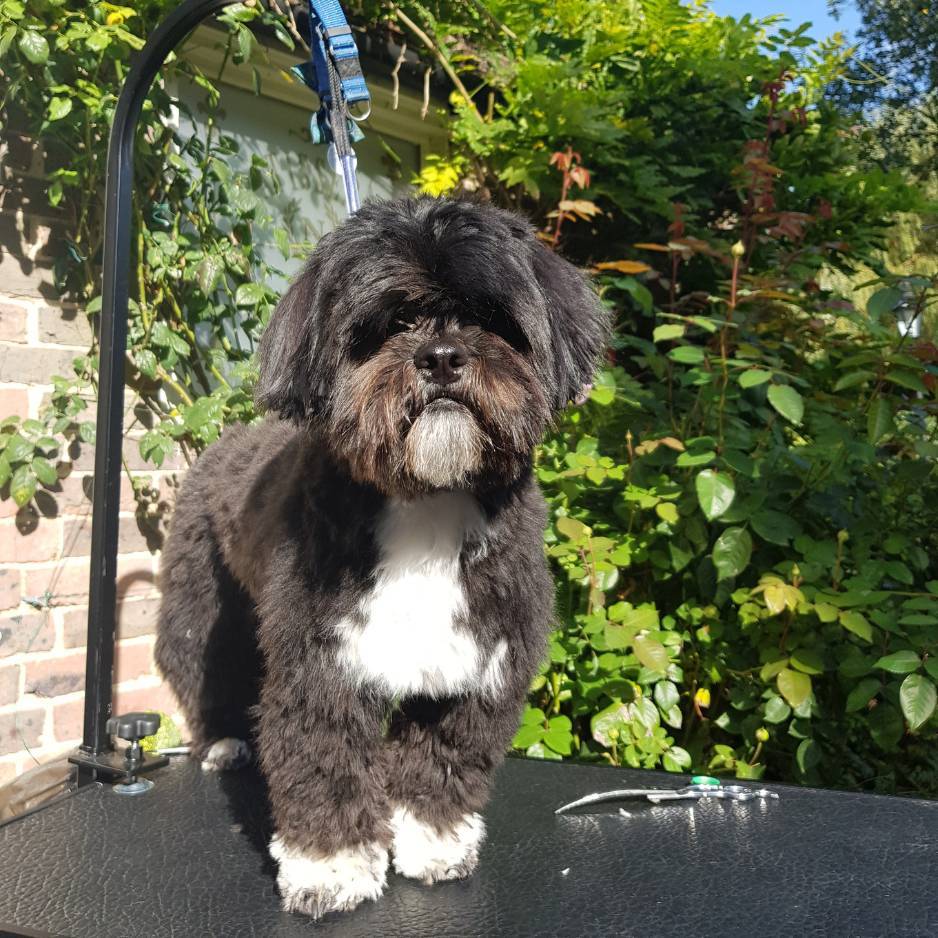
The coat requires regular maintenance. Daily brushing is ideal to prevent tangle and knot formation, especially around the paw and belly. Grooming sessions should include checking for mats, trimming the nails, and brushing teeth with dog-safe toothpaste.
Many owners opt for a “puppy cut,” which keeps the coat short and manageable. Regular shampooing and the use of detangling sprays can also help maintain a healthy coat. A healthy Lhasa with a well-maintained coat looks regal and feels comfortable.

What Should You Feed a Lhasa Apso?
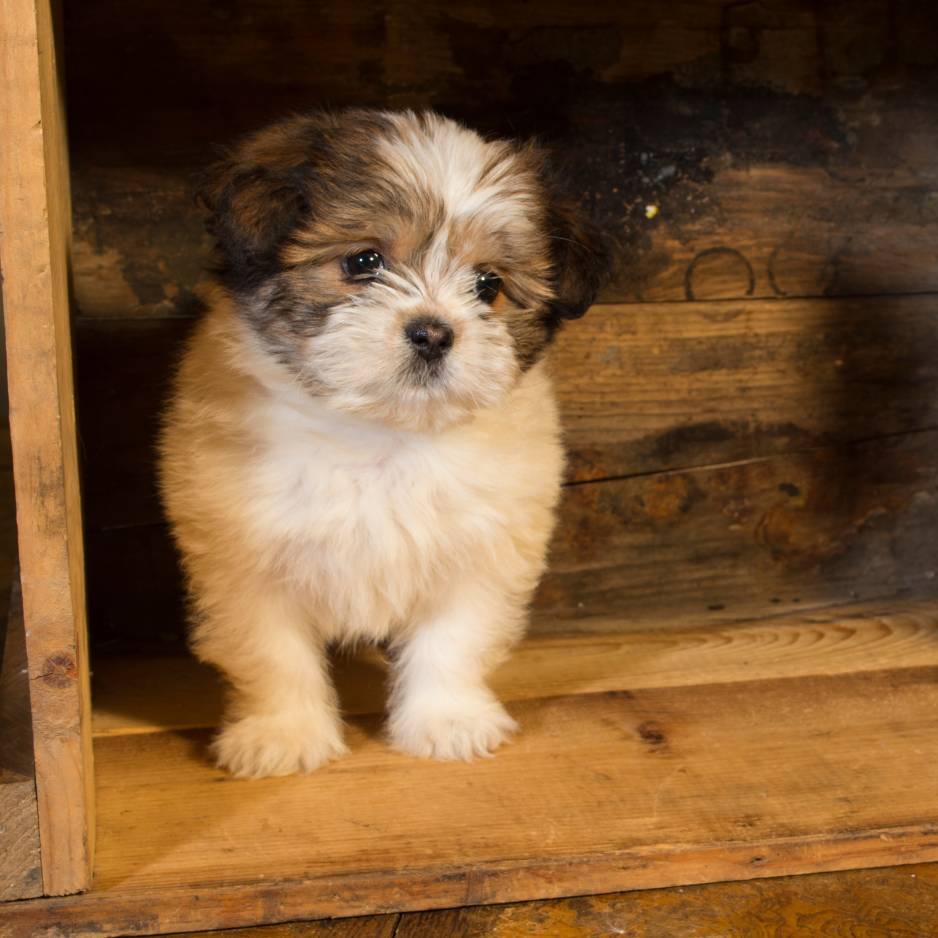
Choosing the right dog food is essential for maintaining the health of your Lhasa Apso. Since this breed can be prone to obesity, feed them high-quality, protein-rich dog food in controlled portions. Puppy formulas are recommended for a growing Lhasa Apso puppy, while adult dogs may benefit from senior blends as they age.
Ensure the food supports dental health, as dental issues are common in small breeds. Fresh water, treats in moderation, and a veterinarian-approved feeding schedule are key for a healthy life.
What Are Common Health Concerns in Lhasa Apsos?

While generally healthy, the breed health of Lhasa Apsos can include several inherited conditions. Retinal atrophy, patellar luxation, glaucoma, and dry eye are a few examples. Regular veterinary checkups are essential for early detection.
Hip dysplasia is rare but possible, even in small breeds. Buying from a reputable breeder and considering pet insurance can help manage these risks. Always ask the breeder about health testing and certifications from a kennel club or veterinary organization.
How Long Does a Lhasa Apso Live?

The average lifespan of a Lhasa Apso is 12–15 years. With proper care, mental stimulation, and a healthy diet, some can live even longer. The key to longevity is maintaining routine vet visits, offering affection, and ensuring regular exercise.
Veterinarian guidance will help tailor care to your dog’s specific needs as it ages. This long lifespan makes the Lhasa Apso a long-term companion for devoted owners.
Are Lhasa Apsos Easy to Train?
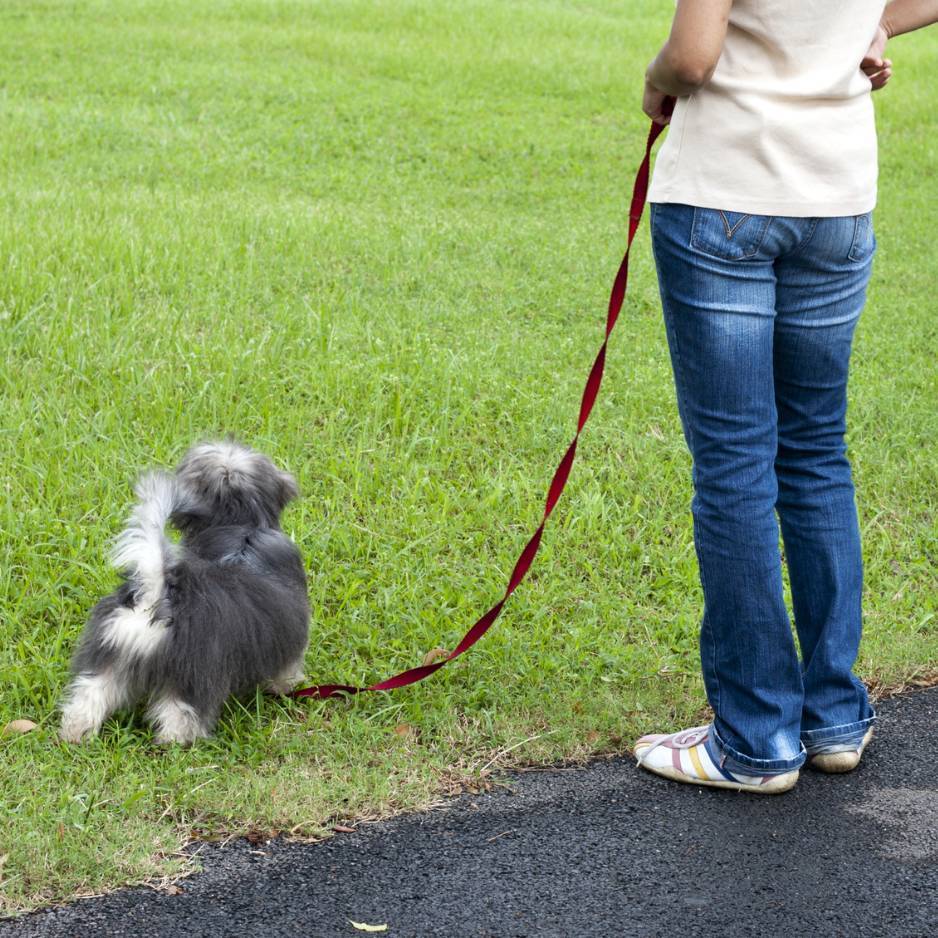
Training a Lhasa Apso requires patience. They are intelligent but also independent and sometimes stubborn. Positive reinforcement and consistency are crucial. Start early, ideally when they are a puppy, and include basic commands and socialization.
Due to their watchdog roots, they might bark at unfamiliar sounds or people. Training them to manage their barking is important, especially in apartment settings. Crate training and leash manners should be introduced early for the best results.
Are Lhasa Apsos Hypoallergenic?
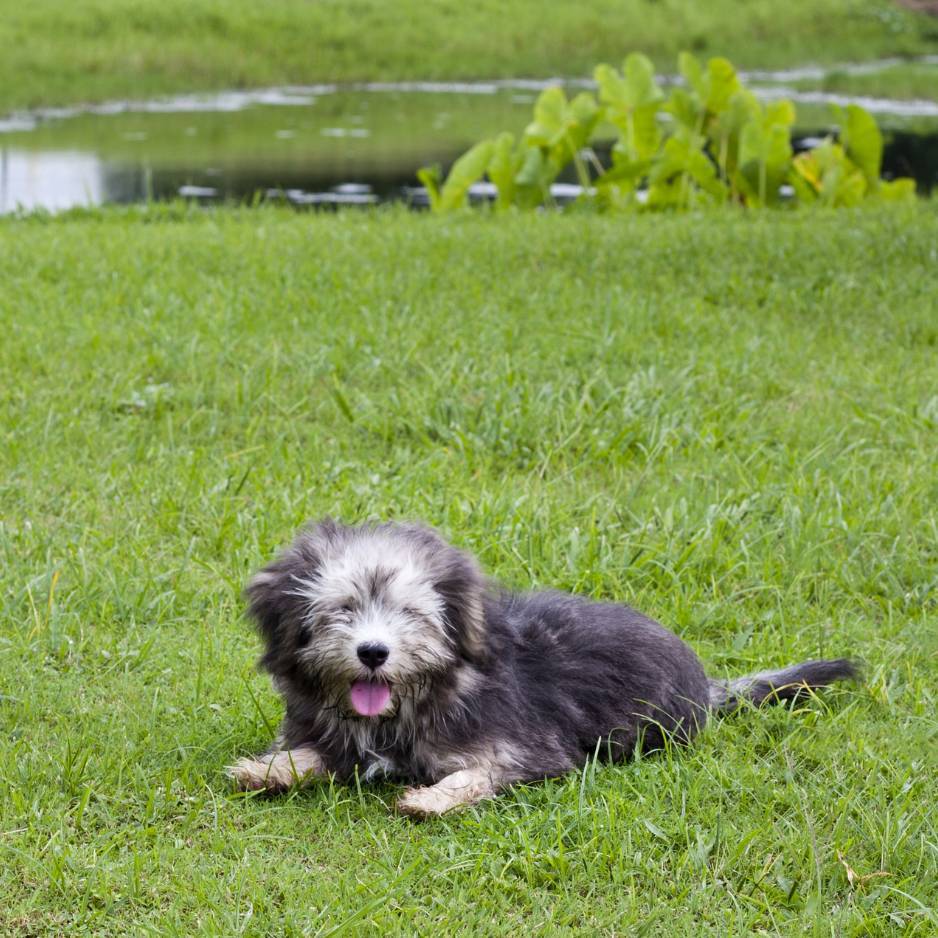
Yes, Lhasa Apsos are considered hypoallergenic. While no dog is completely allergy-proof, their low-shedding coat makes them more suitable for people with mild dog allergies. Regular grooming helps minimize loose hair and dander.
Still, individuals with severe allergies should spend time with the breed before committing. A hypoallergenic dog does not guarantee zero reactions but can help reduce symptoms.
What Makes the Lhasa Apso Unique?
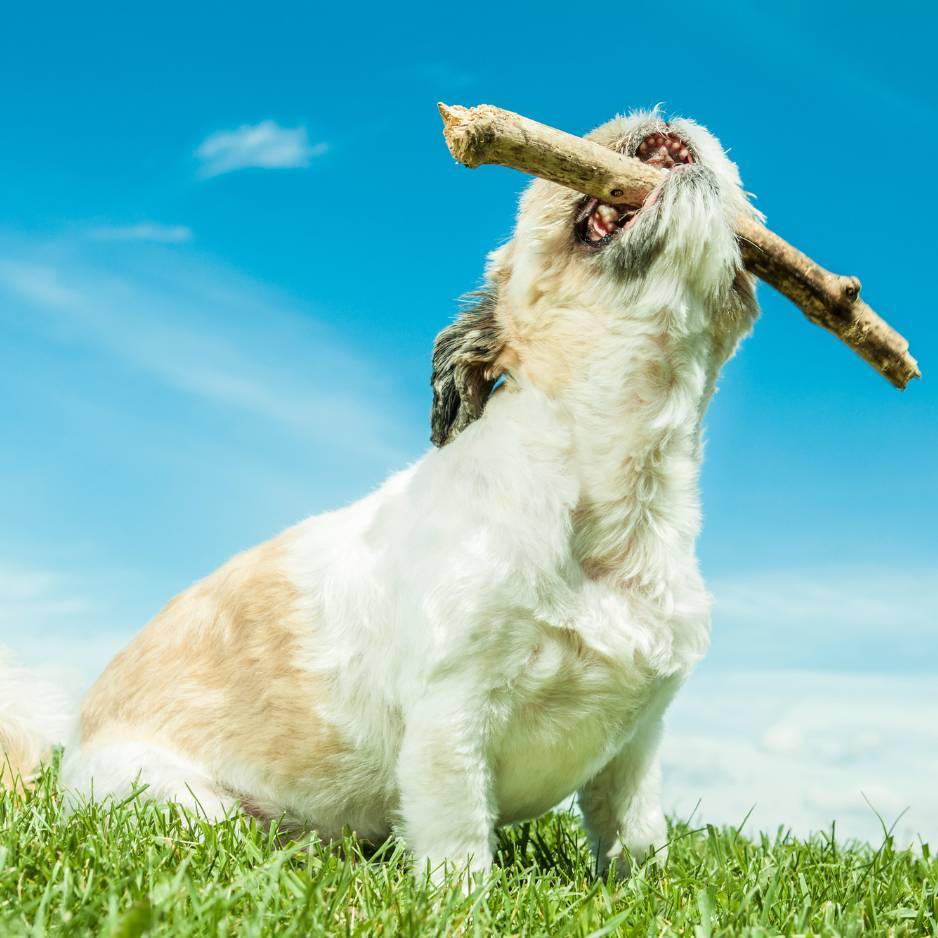
Few breeds have the deep-rooted history and spiritual connection that Lhasa Apsos do. From serving as sentinels at palaces and monasteries to becoming cherished companion dogs, they have always held a unique role in human lives.
Their blend of alertness, affectionate nature, and majestic appearance makes them stand out. Lhasa Apso dogs are a true testament to the Tibetan monks who bred them for both function and companionship.
Where Can You Find a Lhasa Apso?
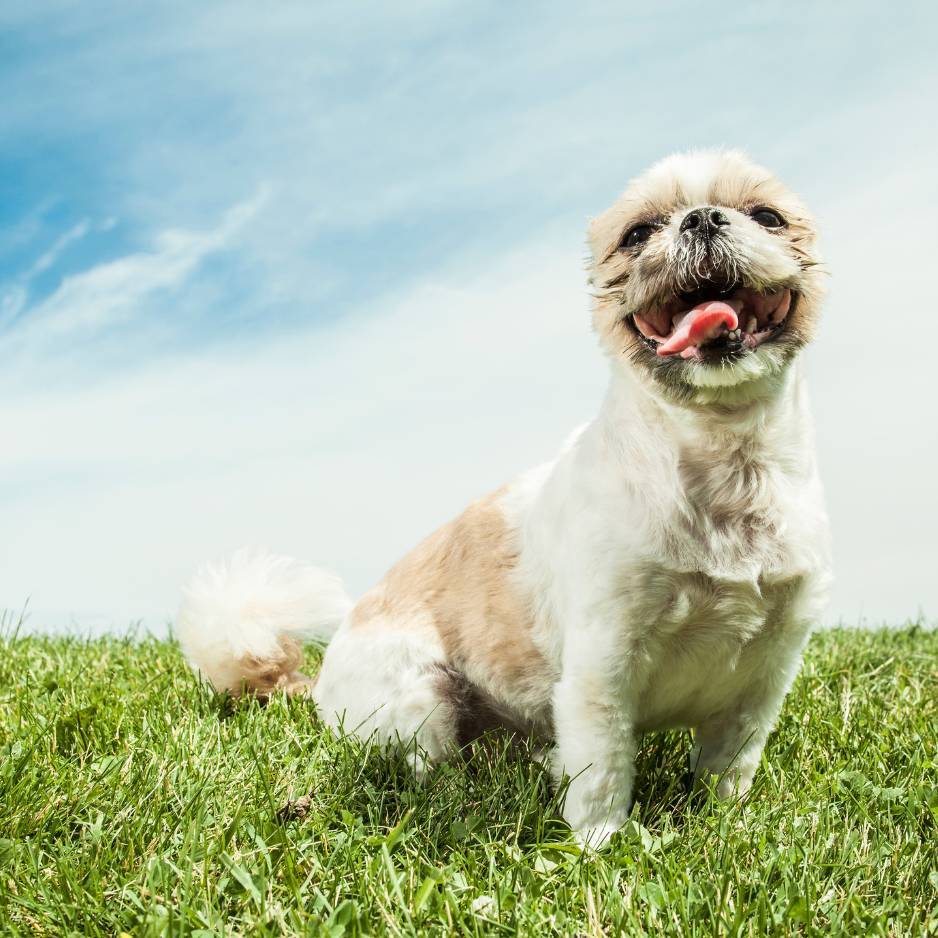
Look for a registered breeder affiliated with a reputable kennel club, like the American Kennel Club or ALAC. Visit the kennel to ensure ethical practices and check for medical records and breed health certifications.
You can also find Lhasa Apso dogs in shelters or breed-specific rescues. Adopting a Lhasa Apso is a rewarding experience, and many adult Lhasas are in need of loving homes.
Summary: Key Things to Remember About Lhasa Apsos

- The Lhasa Apso is a thousand-year-old breed originating in Tibet
- Served as sentinels at palaces and monasteries high in the Himalayas
- Weighs 12–18 pounds and stands 10–11 inches tall
- Coat requires daily brushing or a “puppy cut.”
- Known for being affectionate but aloof
- Prone to eye issues, patellar luxation, and other breed health concerns
- Lives 12–15 years with proper care
- Intelligent but needs consistent training
- Considered hypoallergenic
- Best suited for families who can offer structure and love
Whether you’re drawn to their ancient heritage or their unique personality, Lhasa Apsos are a remarkable dog breed full of character and charm.











































